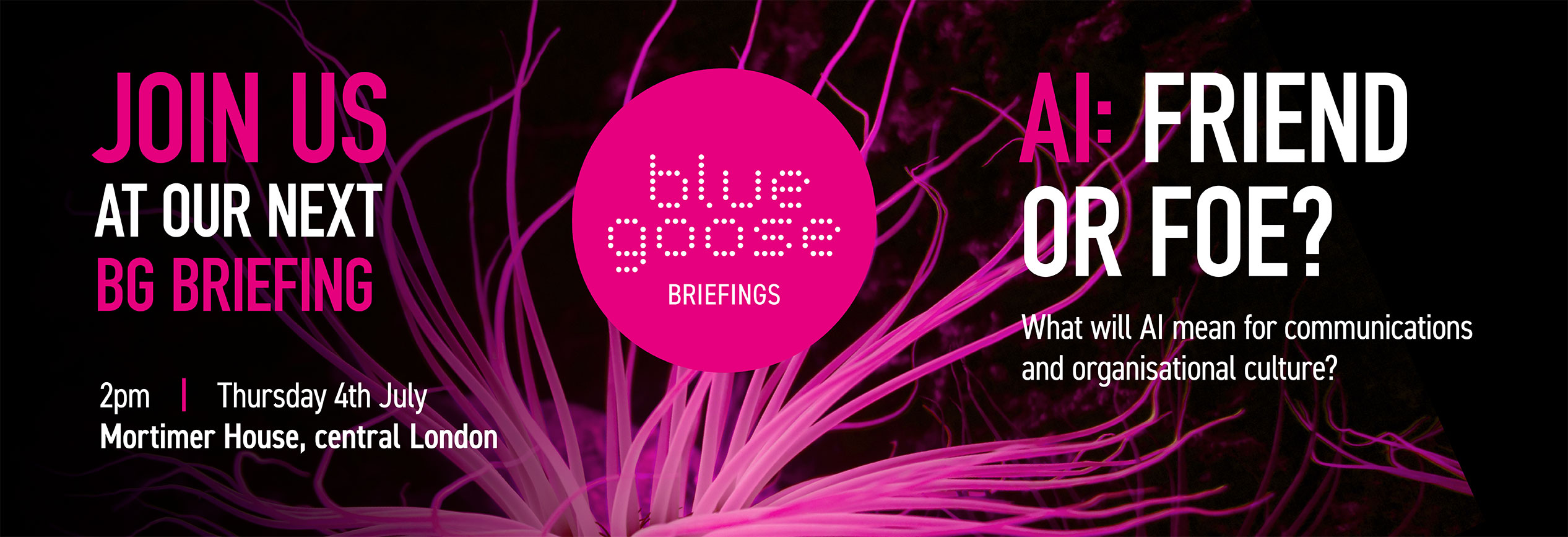What exactly is internal communication for? As an agency dedicated to just that, you’d think we’d know.
Asked a year ago, we’d probably have said to ‘inform, inspire and connect’ employees. If you’re confident you’ve achieved those three things, you can be confident you’re doing your job.
However, as an increasingly large roster of outwardly progressive organisations are pulled up for questionable internal culture – Oxfam, Amnesty and the US women’s football team (!) – we think internal communication has a bit more to answer for.
We recently shared a Harvard Business Review article that pointed out, organisations are ‘small, autonomous entities that afford leaders a high level of control over norms and policies’ and by extension excellent places to address such issues as racial equity.
By further extension, they’re excellent places to address additional issues evident in those listed organisations: bullying, harassment and issues relating to mental health.
So, we think another additional priority might need to be added to that list of three: to challenge. To challenge how employees conduct themselves, how they treat others, and how they see the world.
Working back from the assumption that the right people have found themselves into the right organisations, it is in both parties best interests to reach mutually satisfactory outcomes.
Outcomes where employee conduct and behaviour is palatable to employers, isn’t damaging to the brand, and other colleagues don’t feel affronted. But achieved without any single group feeling alienated or aggrieved, in a relatively ‘safe space’.
It’s not straightforward. It requires investment. But as the list of organisations who contact blue goose for support on these topics increases weekly, it’s testament to the fact that leaders see it as essential, rather than some ‘nice to have’.



